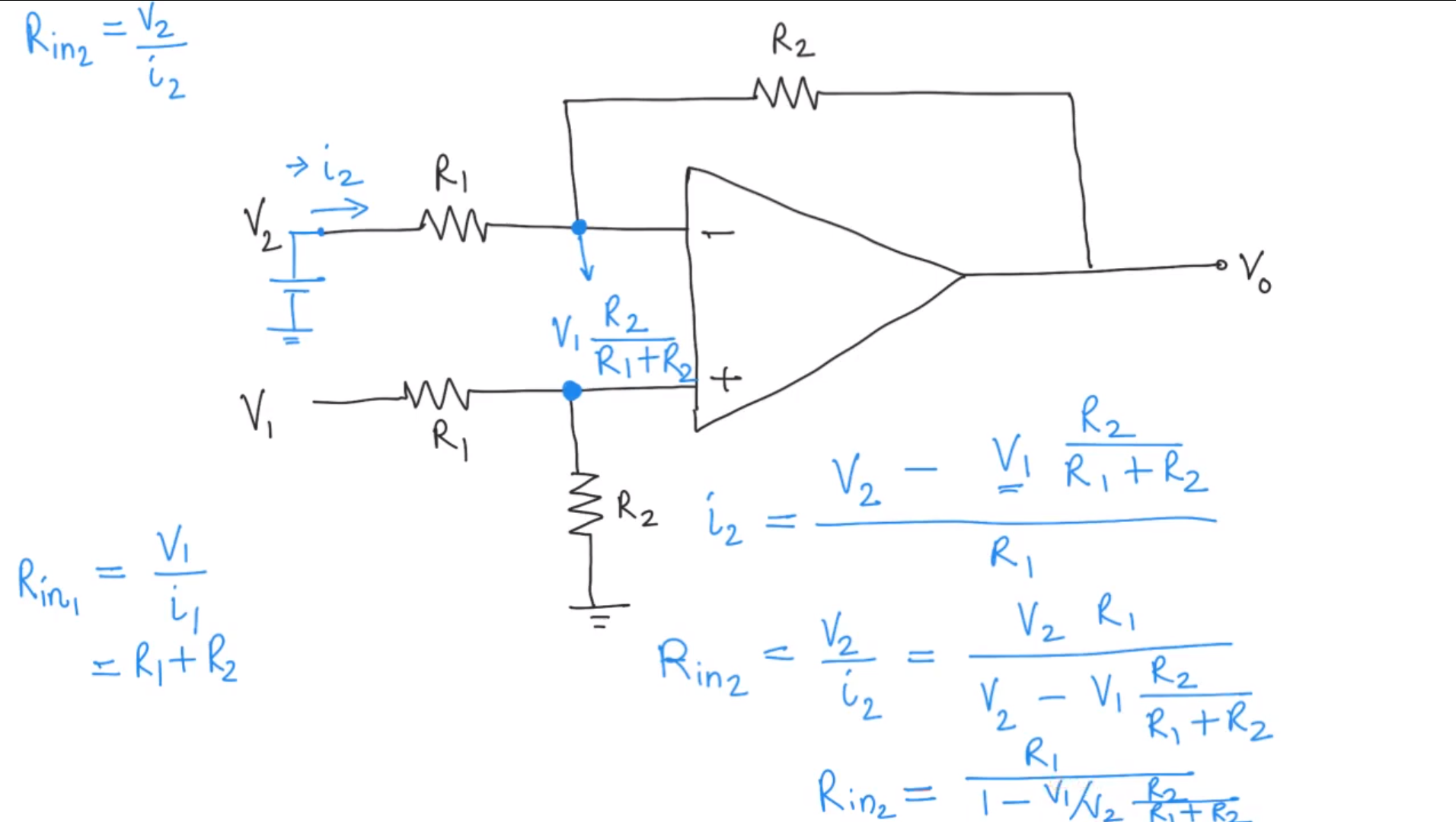I have been looking into differential amplifier circuits, differential input impedance, and common-mode input impedance.
Everywhere I go (such as here or here), I see this as the solution for differential amplifier inputs,
R1+R3 for differential input impedance, R3+R4 for common-mode input impedance.
For differential input impedance, many of them offer a surface level explanation revolving around +ve and -ve terminals being equal to each other, and the terminals being assumed to be connected by the same voltage source but one on the +ve side and one on the -ve side. Per my understanding, differential input impedance is used when the inputs are different in polarity (one +ve, one -ve) but I don't understand how that results in the aforementioned input impedance.
 (Picture from here)
(Picture from here)
For common-mode input impedance, it seems to assume both terminals as having identical inputs, but I fail to understand anything that happens after. Per my understanding, common-mode input impedance is used when the inputs are identical in polarity (both +ve or both -ve) but I also don't understand how that results in the aforementioned input impedance.
I also found one deviation from the norm: this video, which states the input resistance (not specified what type) as the following:
I would like to know how these assumptions are made, and (more importantly) how these input impedance values are derived. Please let me know if more information is required.



